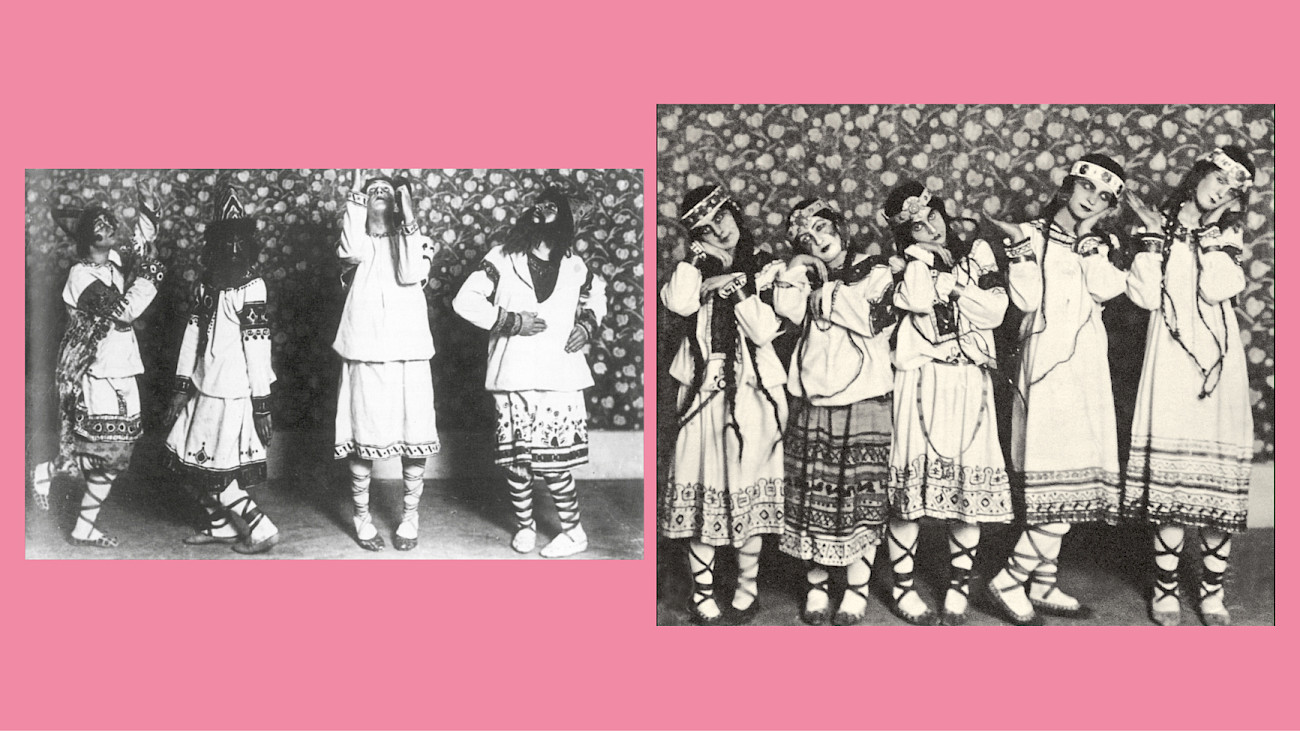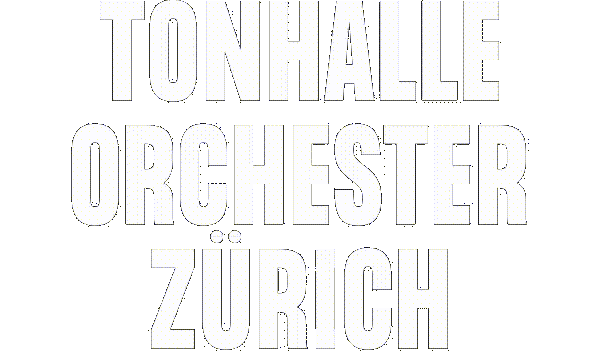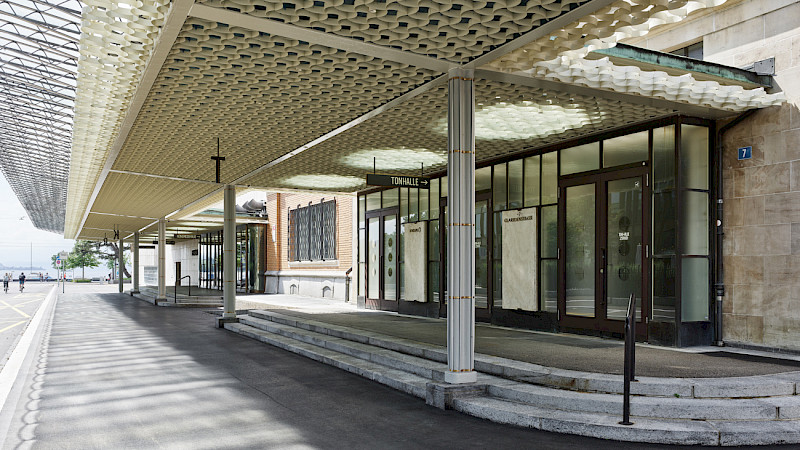
"Massacre du printemps"
The premiere of Igor Stravinsky's ballet "Le sacre du printemps" was one of the biggest scandals in music history.
Those who bought a ticket for the premiere of Stravinsky's ballet "Le sacre du printemps" on 29 May 1913 at the Théâtre des ChampsÉlysées in Paris probably had no idea that they were putting themselves in danger. Because the performance caused 27 injuries! What had happened? After the first few bars, unrest spread, then shouting - and finally a full-blown brawl broke out. It was so loud that the dancers could no longer hear the orchestra.
The German journalist Harry Graf Kessler described the scene as follows: "And over this infernal noise, like assault rifles, salvos of laughter and opposing clapping continued, while the music raged on and the dancers danced incessantly and prehistorically on stage. At the end of the performance, the world and half-world hit each other on the head." At some point, the theatre lights were switched on and off to calm the crowds, the police intervened and Stravinsky fled backstage. In the words of Claude Debussy, the premiere of the "Sacre" thus became a "massacre du printemps", a "spring massacre".
Stomping instead of pointe dancing
Vaslav Nijinsky's archaic choreography for the Ballets Russes, which was perceived as obscene and barbaric, was the main cause of the outrage. In two parts, "Sacre" depicts a ritual play whose core and aim is for a chosen young girl to dance herself to death in a sacrificial dance for the god of spring. For this reason, the work was originally entitled "The Great Sacrifice".
The elegant and graceful movements of an ordinary ballet were not to be seen on stage. Nijinsky's sister Bronislawa described this impressively: "The men in 'Sacre' are primitive. There is something almost bestial in their appearance. Their legs and feet are turned inwards, their fists are clenched, and they keep their heads lowered between hunched shoulders; their gait, with slightly bent knees, is heavy as they labour up a path, trudging up through the rough, hilly terrain. The women in 'Sacre' are also primitive, but the awakening of a consciousness of beauty can already be recognised in their expressions. Their postures and movements are still awkward and clumsy when they gather in groups on the highest points of the small hills and descend together to meet in the centre of the stage and form a large mass."
Explosive rhythms
The music of the "Sacre" is often equated with the "emancipation of rhythm", a term based on the "emancipation of dissonance", i.e. Schönberg's overcoming of major-minor tonality (1908). Listening to the work, it becomes clear that this attribution is justified, as such complex rhythmic structures cannot be found in any composition before the "Sacre". Stravinsky even often dispensed with a real melody. His music, such as the "Sacrificial Dance", sometimes seems to consist almost entirely of rhythm. Accordingly, the winds and strings appear almost like percussion instruments.
The American photographer and author Carl Van Vechten vividly described how this rhythm sometimes even put the audience into a kind of trance: "I was sitting in the box, with three ladies in front of me and a young man behind me. The tremendous excitement that had taken hold of him thanks to the irresistible effect of the music manifested itself in the fact that he began to beat my head rhythmically with his fists. For a while I didn't even notice the blows. Then, when I felt them, I turned round. His apology was sincere. We were both beside ourselves."
Stravinsky saw the archaic rhythms as rooted in the "images from pagan Russia" that he wanted to reproduce in his work. Accordingly, he researched the rituals of Slavic tribes and old folk songs. In addition to the rhythmic elements, there are also numerous folk quotations in his "Sacre". A good example of this is the high bassoon solo at the beginning, which is based on a Lithuanian melody. Not everyone liked such references: Camille Saint-Saëns, for example, is said to have left a performance in a rage because of them.
The premiere of the "Sacre" was one of the most famous scandals in music history. However, this did not detract from the music: it soon began its successful march through the concert halls. Nijinsky's choreography, on the other hand, disappeared into a drawer for three quarters of a century after five performances in Paris and three in London. Stravinsky was almost clairvoyant, telling the New York Times after the premiere: "No doubt one day people will understand that I landed a surprise coup in Paris, but that Paris was indisposed."
We use deepL.com for our translations into English.





